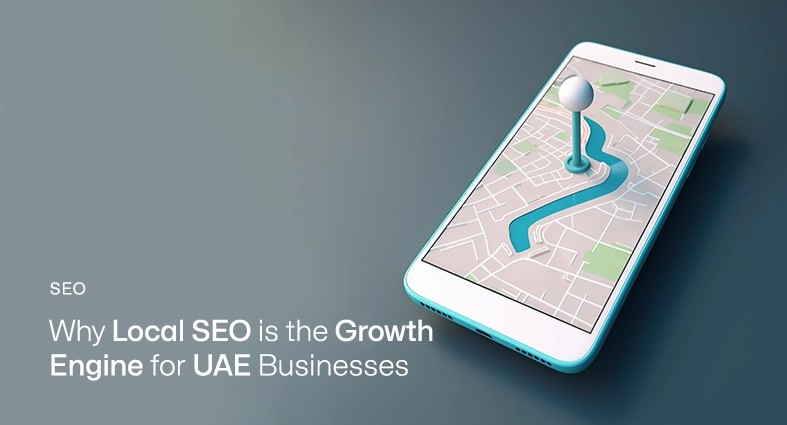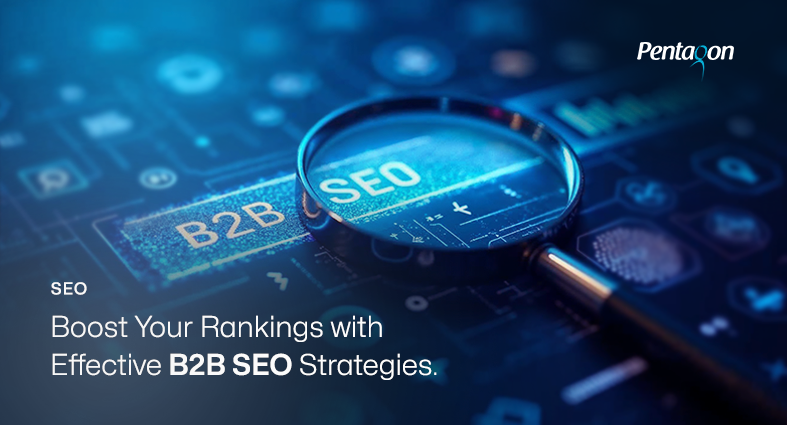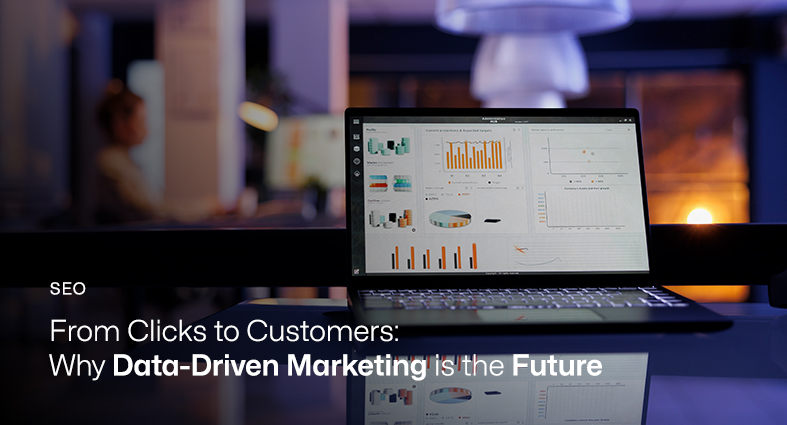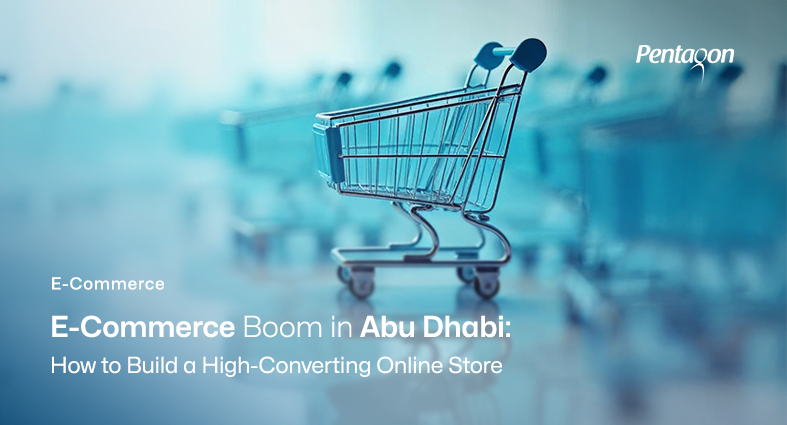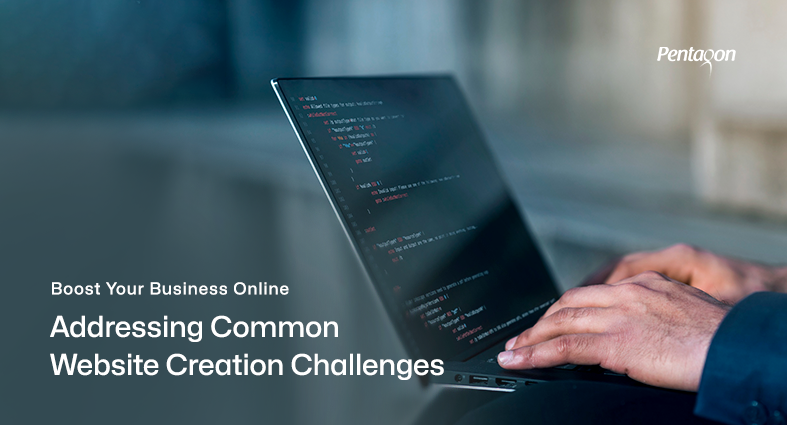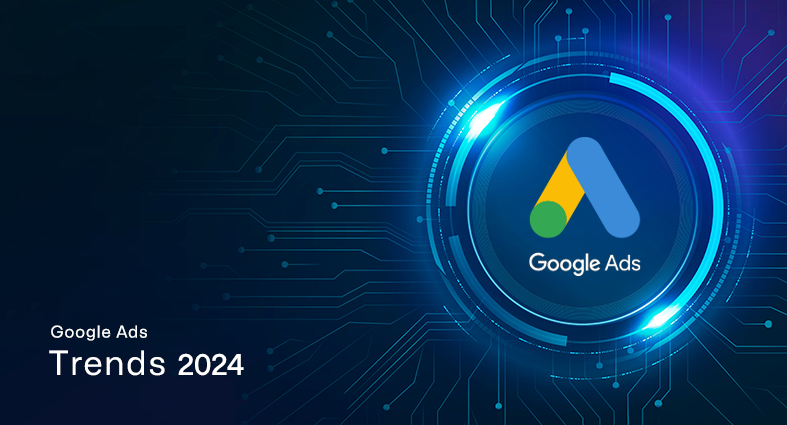In the digital era, a website is a vital component for any business seeking to establish an online presence. However, simply having a website isn’t enough. To be successful online, you need to ensure that your website is optimized for search engines. This is where On-Page SEO Best Practices come into play. On-Page SEO involves the optimization of individual web pages to rank higher in search engines and attract more relevant traffic. It involves optimizing the content, HTML source code, and structure of a website’s pages to make them more search engine-friendly. In this article, we will discuss the best practices for On-Page SEO to help you optimize your website and improve its search engine rankings.
On-Page SEO Strategies
On-page SEO strategies involve optimizing your website’s content and structure to improve its visibility and ranking in search engine results pages. By implementing on-page SEO best practices such as keyword research, content optimization, meta tags, heading tags, URL structure, image optimization, internal linking, user experience, SEO writing, and mobile optimization, you can increase the relevance and authority of your web pages, making them more likely to appear at the top of search engine rankings. These strategies help ensure that your website is easily crawlable and indexable by search engines, which can lead to increased organic traffic and higher conversion rates.
Keyword Research
Keyword research is the process of identifying the words and phrases that people use to search for information related to your business or industry. By selecting the right keywords for your website, you can attract more targeted traffic and improve your visibility in search engine results in pages. Effective keyword research involves understanding your target audience, analyzing search trends and volume, and identifying keywords that are relevant, specific, and have a high search volume. It is important to use keywords naturally in your content without overstuffing them.
Content Optimization
Content optimization involves creating high-quality, informative, and relevant content that is optimized for both search engines and human readers. By using your selected keywords in your content, headings, and meta tags, you can improve your website’s relevance and authority. However, it is essential to avoid keyword stuffing and ensure that your content provides value to your audience. Your content should be well-organized, easy to read, and provide a clear message to the reader.
Meta Tags
Meta tags are HTML elements that provide information about your website to search engines and visitors. The two most important meta tags for on-page SEO are the title tag and the meta description tag. The title tag appears in the search engine results pages and should be optimized with your targeted keywords, while the meta description provides a summary of your webpage’s content. It is important to keep both of these tags within a specific character limit and to make them engaging to the user.
Heading Tags
Heading tags are used to organize content on a web page by indicating the hierarchy of different sections of the page. The H1 tag is the main heading of the page and should contain the primary keyword for that page. Subheadings, such as H2, H3, H4, etc., should be used to break up the content into sections and should also include relevant keywords. Using heading tags not only helps with the organization of the content but also improves the user experience by making it easier for users to navigate and find the information they are looking for.
URL Structure
A well-structured URL helps search engines and users to understand what the page is about. It is best to keep the URL short, concise, and descriptive of the content on the page. Including relevant keywords in the URL can also help with ranking for those keywords. It is also important to use hyphens to separate words in the URL instead of underscores or spaces.
Image Optimization
Images play an important role in making a website visually appealing and engaging for users. However, they can also slow down the loading time of a page if they are not optimized properly. To optimize images for on-page SEO, it is important to compress them to reduce their file size without compromising their quality. It’s important to use descriptive file names for your images that incorporate relevant keywords. Alt tags should also be added to images, which not only helps with SEO but also improves the accessibility of the website for visually impaired users.
Internal Linking
Internal linking is the practice of linking to other pages within your website. This helps to spread link equity throughout the site and improve the user experience by providing additional relevant content. When linking internally, it is important to use descriptive anchor text that accurately reflects the content of the page being linked to. Internal links should also be placed strategically within the content to provide additional context.
User Experience (UX)
User experience (UX) is an important factor in on-page SEO as search engines are becoming more focused on providing the best possible user experience for their users. A good UX includes fast loading times, easy navigation, and clear, concise content. This can be achieved by optimizing images and other media, ensuring a well-structured URL and navigation, and providing high-quality content that is easy to read and understand.
SEO Writing
SEO writing is the practice of writing content that is optimized for search engines. This includes using relevant keywords and phrases in the content, headings, and meta tags, as well as ensuring that the content is high-quality and valuable for the user. It is important to strike a balance between writing for search engines and writing for users to ensure that the content is both informative and engaging.
Mobile Optimization
With the majority of internet traffic now coming from mobile devices, it is crucial to ensure that your website is optimized for mobile users. This includes using a responsive design that adapts to different screen sizes, optimizing images and media for mobile devices, and ensuring that the site is easy to navigate and use on a mobile device. Mobile optimization not only improves the user experience but also helps with on-page SEO as search engines prioritize mobile-friendly websites in their search results.
Some related topics
In order to enhance your website’s performance on search engines, it is imperative to consider both on-page and off-page factors. While on-page SEO practices are all about optimizing the content and structure of your website, off-page SEO involves building a strong online presence through various tactics. In addition to these, there are other important SEO strategies such as local SEO, technical SEO, content marketing, and e-commerce optimization that you should consider to boost your website’s visibility and attract more traffic.
Off-page SEO
Off-page SEO refers to activities that are performed outside the website, to improve its ranking on search engine result pages (SERPs). These activities mainly revolve around link building, social media marketing, influencer outreach, and guest blogging. Link building involves acquiring backlinks from authoritative websites, which in turn boosts the website’s authority and relevance. Social media marketing involves building social media profiles and promoting content to increase brand awareness and drive traffic. Influencer outreach involves partnering with influencers to promote content and build links. Guest blogging involves publishing articles on external websites with links back to the website.
Local SEO
Local SEO is a subset of SEO that focuses on optimizing a website to appear in local search results. The local SEO is essential for businesses with a physical location that wants to attract customers from their local area. The strategies for local SEO include creating local business listings, optimizing the website for local keywords, building local citations, and getting positive online reviews. Local business listings are essential for local SEO, as they help search engines understand the business’s location and category. Building local citations involves listing the business’s name, address, and phone number (NAP) on local directories and websites.
Technical SEO
Technical SEO refers to the optimization of a website’s technical elements to improve its visibility on search engines. This involves optimizing elements such as website structure, crawl ability, speed, mobile responsiveness, security, and schema markup. Website structure involves organizing the website’s content logically and hierarchically to improve navigation and crawl ability. Crawlability refers to the ability of search engine crawlers to access and index the website’s pages. Speed optimization involves improving the website’s loading speed to enhance user experience and reduce bounce rates. Mobile responsiveness involves ensuring that the website is optimized for viewing on mobile devices.
Content Marketing
Content marketing is the practice of creating and sharing valuable content to attract and retain a defined audience, with the ultimate goal of driving profitable customer action. This involves the creation of various types of content, including blog posts, articles, infographics, videos, webinars, and social media posts. The content should be relevant, informative, engaging, and tailored to the target audience’s needs and interests. Content marketing is an effective strategy for building brand awareness, establishing thought leadership, and generating leads.
E-commerce Optimization
E-commerce optimization involves optimizing an e-commerce website to improve its visibility and increase conversions. This includes optimizing product pages, improving the website’s loading speed, enhancing user experience, optimizing the checkout process, and leveraging customer reviews. Optimizing product pages involves optimizing product titles, descriptions, images, and reviews for search engines and users. Improving the website’s loading speed involves reducing the page loading time to enhance user experience and reduce bounce rates. Enhancing user experience involves improving website navigation, product categorization, and search functionality. Optimizing the checkout process involves simplifying the checkout process to reduce cart abandonment rates. Leveraging customer reviews involves showcasing customer reviews to build trust and enhance the website’s authority.
Final Point
On-page SEO best practices are essential for website optimization and achieving higher search engine rankings. From keyword research to content optimization, meta tags to mobile optimization, each component plays a vital role in ensuring your website is easily discoverable and user-friendly. By implementing these techniques, you can enhance your website’s online visibility and drive more traffic to your site. If you’re struggling to master these best practices or looking to take your SEO efforts to the next level, Pentagon offers comprehensive SEO services in Abu Dhabi to help your business succeed. Contact us today to learn more and take the first step toward optimizing your website for search engines.
services
Google Algorithm Updates 2023: The Year in Review
Feel free to send us a message.
Please, share your thoughts, and let's chat over a cup of tea.






